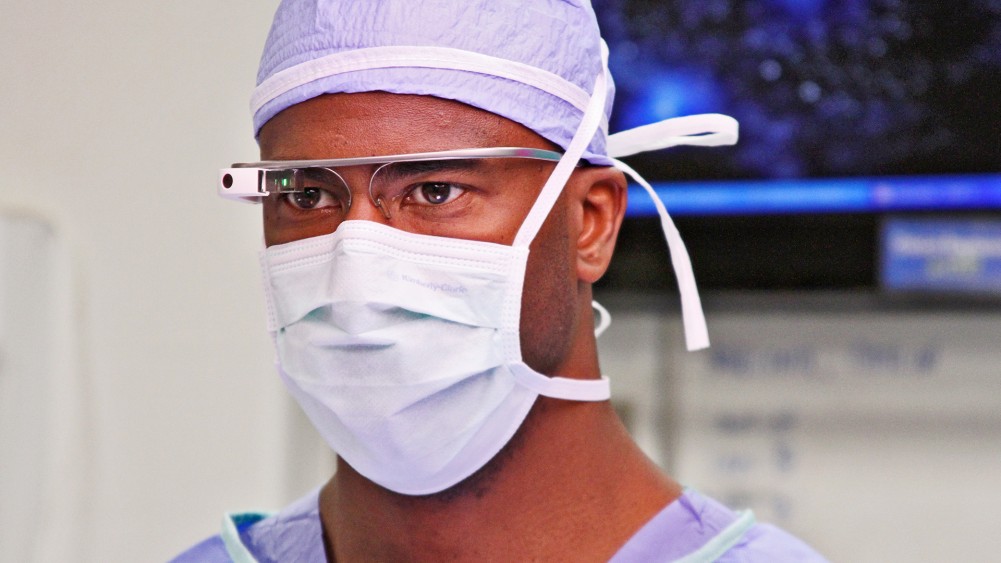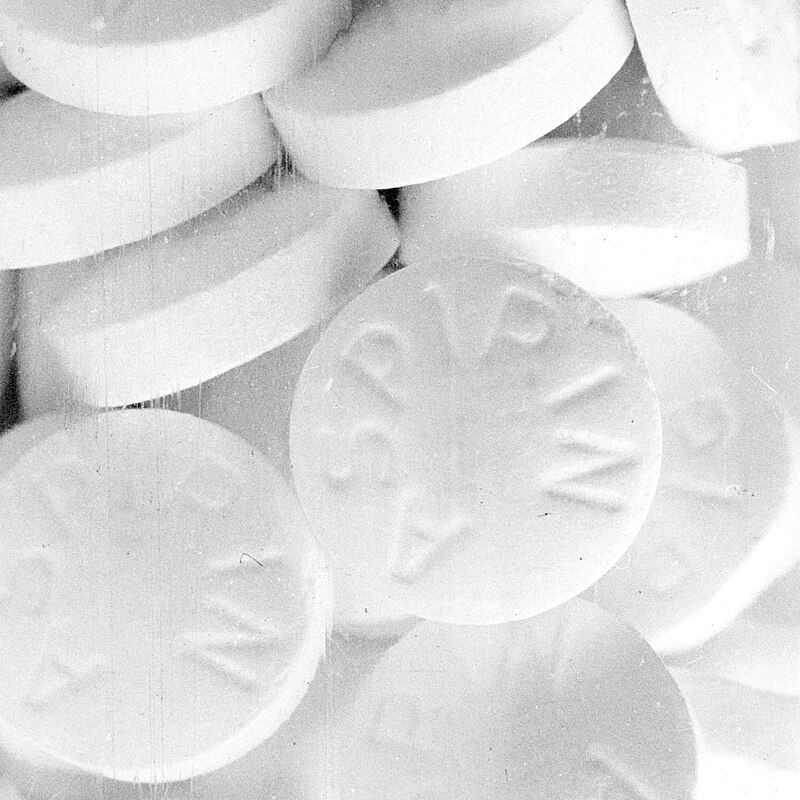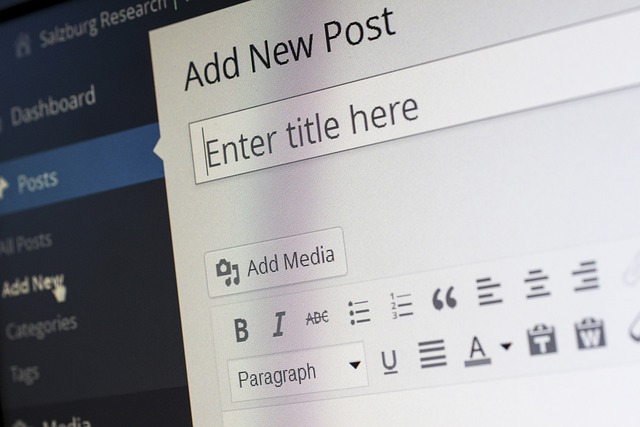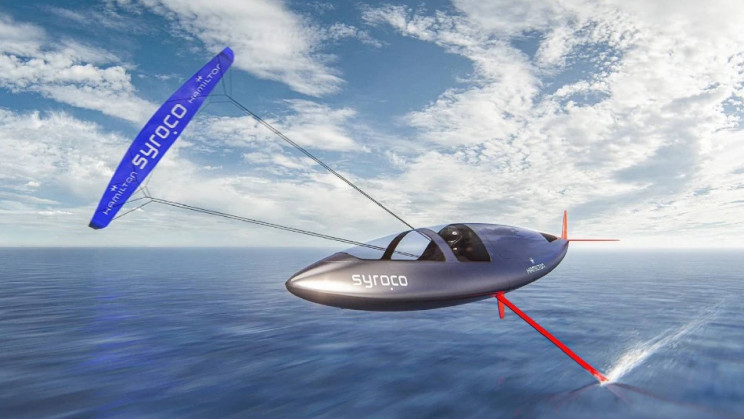For those returning from years on an isolated, desert island, doctors visits haven’t improved one iota since you disappeared. Now that you are back, you should know that 80% of doctors, according to the Pareto principle or the 80/20 rule, are even more unprepared, harried, and clueless than ever. If they get your name right, listen to your questions and provide answers, you’re way ahead of the game. If one is perceptive enough, however, one can see the heavy ball and chain doctors drag into their meetings with you: the burden of insurance industry reporting requirements, a bias, perhaps even brainwashing, in favor of pharmaceuticals, and clear signs and symptoms your doctor is like a rat drowning in information.
The silver lining in all of this is that soon, very soon, 80% of doctors will be replaced by super smart, supercomputer-based robots.
Google Glass to the Rescue
Google Glass is a pair of glasses with a camera built into the frame and a microphone allowing a user to search the Internet or databases to retrieve multimedia content in real time. No hands! Google hoped that Google Glass would be a new blockbuster platform like the cell phone and developers were encouraged to create software for it. Marc Andreessen even sunk $200 million into Google Glass startups.
Google Glass was launched to much fanfare, including spectacular parachute jumps and a floating Google glass store, but quickly faded into a much-maligned technology favored by “Glassholes” who mostly unsuccessfully used it to pick up women by trying to seem smarter and more interesting than they really were.
Google Glass Now Being Combined with AI
But there were some interesting apps. One app detects a person’s emotions; another helps sharpshooters by providing a rifle scope in their field of vision.
While the Google Glass ecosystem develops and expands, one of the most promising areas is the use of Google Glass in medical settings including family doctor visits and emergency rooms. The video below shows how Google Glass records both the video and observations of a doctor doing an interscalene catheter live.
Following are a list of Google Glass tech specs::
- Adjustable nose pads and durable frame fits any face.
- Extra notepads in two sizes.
- High-resolution display is the equivalent of a 25-inch high definition screen from eight feet away.
- Photos – 5 MB.
- Videos – 720p.
- Bone Conduction Transducer.
- Wi-Fi – 802.11 b/g 2.4GHz.
- Bluetooth.
- 12 GB of usable memory, synced with Google cloud storage. 16 GB Flash total.
- One day of typical use. Some features, like video recording, are more battery intensive.
- Included Micro USB cable and charger.
- The MyGlass companion app lets you set up Glassware, screencast, and other features. It’s available for Android and iOS.
- MyGlass for Android requires Android 4.0.3 (Ice Cream Sandwich) or higher.
- MyGlass for iOS requires iOS 7 or later (iPhone 4 and above, iPad 2 and above with cellular connection).
- Glass can be used as a Bluetooth headset with any Bluetooth compatible phone.







